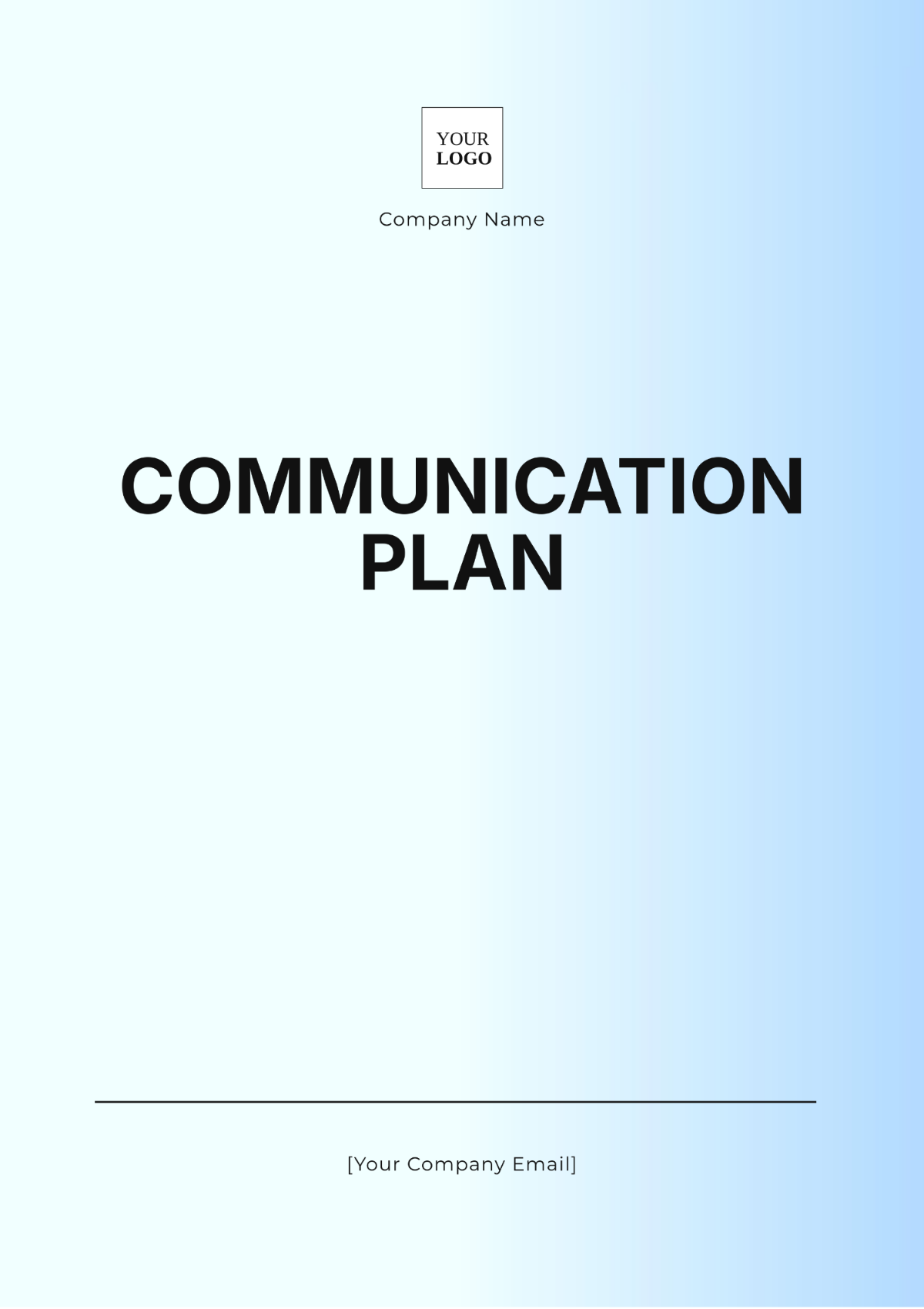Free System Audit Plan Template
System Audit Plan
I. Introduction
This System Audit Plan provides a structured approach to ensure that all system components are evaluated effectively for security, functionality, and compliance. The plan aims to highlight the key areas that the audit will cover, along with objectives, timelines, and resources required.
II. Objectives
The main objectives of the System Audit Plan include:
Assessing compliance with company policies and regulations
Ensure all systems adhere to internal policies and relevant regulations such as GDPR, HIPAA, or SOX.Identifying potential security risks and vulnerabilities
Conduct vulnerability assessments to identify risks related to unauthorized access, data breaches, and system weaknesses.Evaluating system performance and efficiency
Analyze system performance metrics to identify areas for improvement and optimize resource utilization.Ensuring data integrity and availability
Verify that data is accurate, complete, and accessible as per the organization's data management policies.
III. Scope of the Audit
A. System Components
The audit will cover the following components:
Hardware
Servers, workstations, routers, switches, and other physical devices.Software
Operating systems, applications, and security software.Network Infrastructure
Firewalls, intrusion detection systems, and network architecture.Data Storage and Management
Databases, cloud storage solutions, and backup systems.
B. Audit Period
The audit will be conducted over a period of four weeks, starting from January 15, 2060, to February 12, 2070.
IV. Methodology
The following steps outline the methodology for conducting the audit:
Planning: Define the scope, and objectives, and create a detailed schedule.
Identify key stakeholders and schedule initial meetings.
Execution: Perform system assessments using predefined tools and techniques.
Utilize tools like Nessus for vulnerability scanning and Wireshark for network analysis.
Evaluation: Analyze findings against benchmarks and standards.
Compare results with industry best practices and compliance standards.
Reporting: Document findings and recommend corrective actions.
Prepare a draft report for review by the audit team.
Follow-Up: Ensure that recommended actions are implemented and are effective.
Schedule follow-up meetings to track progress on corrective actions.
V. Resources Required
The following resources will be necessary for the successful execution of the audit:
Resource Type | Description |
|---|---|
Personnel | An audit team consisting of IT auditors, security experts, and compliance officers, totaling five members with specialized training. |
Tools | Access to auditing tools such as vulnerability scanners (Nessus, OpenVAS), network monitoring applications (SolarWinds, Nagios), and data analysis software (Splunk, Excel). |
Documentation | Access to system documentation, security policies, regulatory requirements, and previous audit reports. |
VI. Risk Management
Potential risks and how they will be managed:
Data Breaches: Implement strict access controls during the audit process.
Utilize role-based access and monitor audit activities.
System Downtime: Schedule audits during off-peak hours to minimize disruption.
Conduct audits after hours or during scheduled maintenance windows.
Data Inaccuracy: Use multiple sources of data and cross-check information.
Implement data validation processes and reconcile discrepancies.
VII. Reporting
A. Audit Reports
Comprehensive reports will be generated after the audit to provide detailed insights and actionable recommendations. Reports will include:
Executive summary
Detailed findings by category
Risk assessments
Recommendations for remediation
B. Communication Plan
Regular updates will be communicated to stakeholders through bi-weekly meetings and written reports to ensure transparency and engagement.
VIII. Conclusion
Completing this audit will enhance the organization's understanding of its system environment and improve its ability to safeguard critical information. It is an essential step in maintaining robust system security and compliance, thereby reinforcing stakeholder confidence and protecting organizational assets.

















































